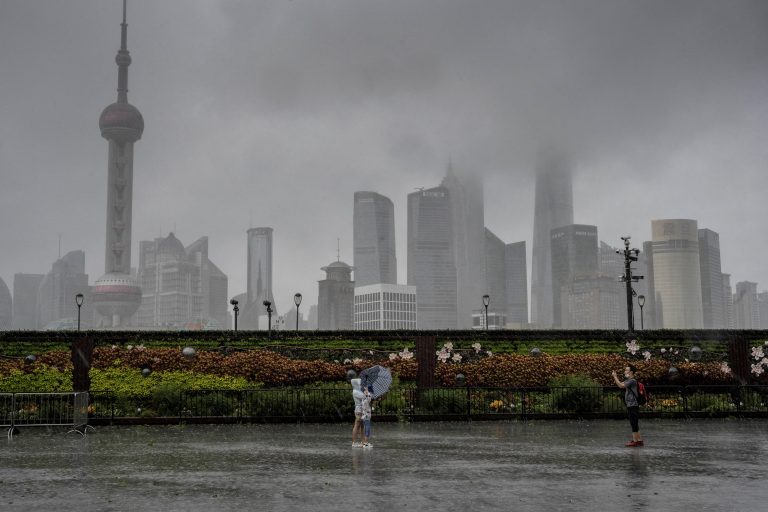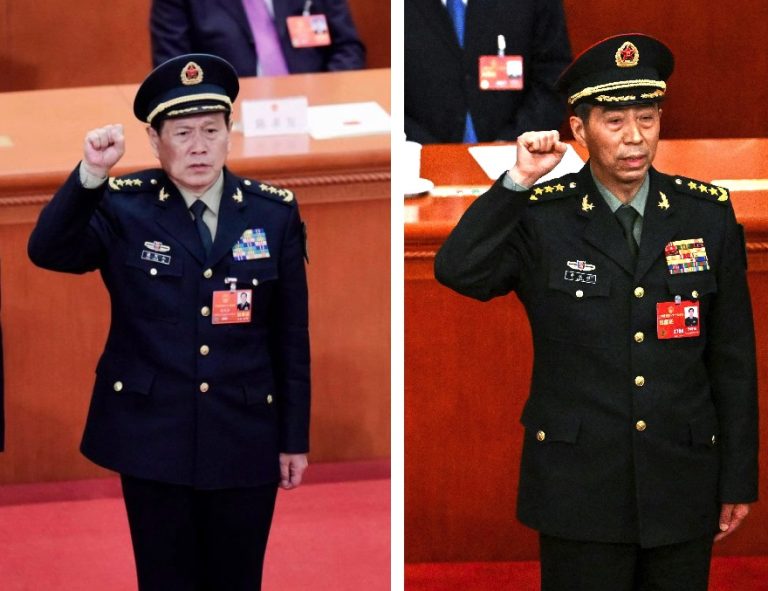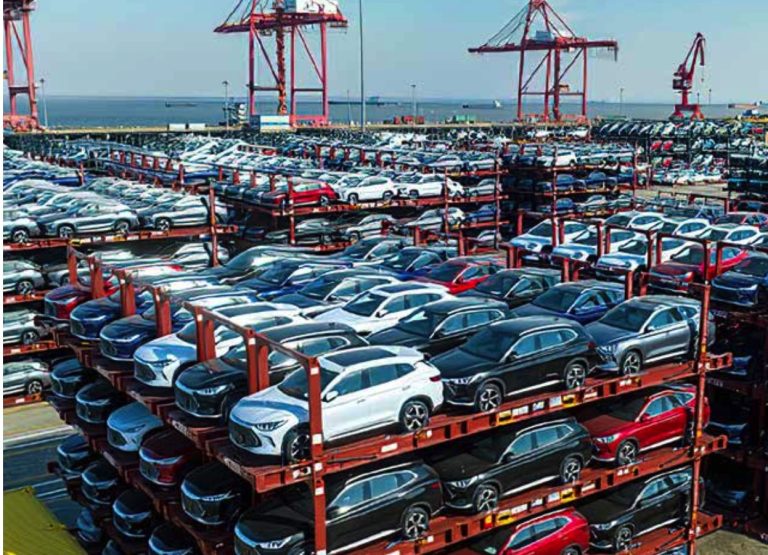On April 10, the Central Committee of the Chinese Communist Party (CCP) and the Chinese government’s State Council released an opinion document on “accelerating the construction of a unified national market.”
The opinion called for stepping up efforts to build a “unified national market” that is “highly efficient, rules-based, fair for competition and fully open,” and push “China’s market shift from big to strong.” The opinion also called for breaking up provincial protectionism and market fragmentation, including policies that disadvantage foreign companies, as well as clearing “key blockages restricting the economic cycle.”
The “unified national market” opinion is Xi Jinping’s latest attempt at advancing market reform since he announced plans to do so early in his tenure. The publication of the opinion reflects a lack of market reform progress over the past decade and Xi’s continued governing woes despite having consolidated power to a high degree.
Long road to reform
The Xi leadership’s push for a “unified national market” has its roots in the economic proposal issued at the Third Plenum of the 18th Central Committee in 2013. The proposal called for “deepening economic system reform” by focusing on the “decisive role of the market in allocating resources, adhering to and improving the basic economic system, and accelerating the improvement of the modern market system, macro-control system and open economic system.”
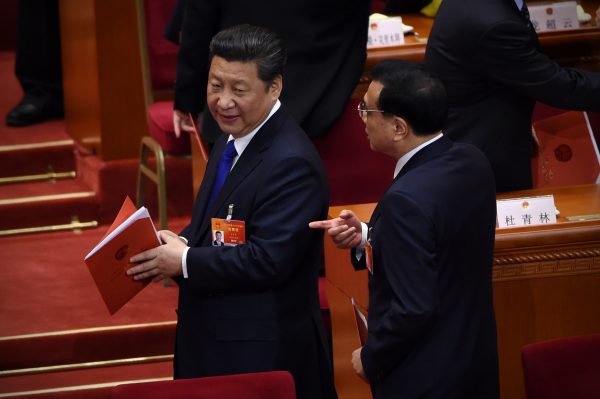
Party Central would officially begin using the term “unified national market” in August 2015.
Success
You are now signed up for our newsletter
Success
Check your email to complete sign up
Xi Jinping’s 19th Party Congress report in October 2017 would again affirm the market’s “decisive role in resource allocation.” The report further proposed to “do away with regulations and practices that impede the development of a unified market and fair competition, support the growth of private businesses, and stimulate the vitality of various market entities.”
Xi urged greater efforts in creating a “unified national market” at the Fifth Plenum of the 19th Central Committee in October 2020, and the initiative would later be spotlighted in the 14th Five-Year Plan document.
The “unified national market” opinion was first reviewed and approved at the 23rd meeting of the Central Comprehensively Deepening Reforms Commission in December 2021, and finally made public on April 10 this year.
Reaction to the “unified national market” has been mixed. The markets reacted negatively to the news, with the Shanghai Composite Index, the Shenzhen Component Index, and the ChiNext Index declining by 2.61 percent, 3.67 percent, and 4.2 percent respectively when markets closed on April 11. Observers noted that the opinion, while having the potential to boost China’s economic growth, was lacking in details and specific policies.
Jörg Wuttke, president of the European Union Chamber of Commerce in China, told the South China Morning Post that it is “notable” that the opinion was released “at a time when European companies that are being heavily impacted by the current COVID-19 controls implemented across China are crying out for both short- and long-term solutions to the challenges they are facing.”
He added that the implementation of a “unified national market” is a “positive” if companies regardless of origin “are given equal opportunities to contribute to China’s economy.” However, Wuttke also noted that many points in the opinion had been on Beijing’s to-do list for a while.
Political limitations
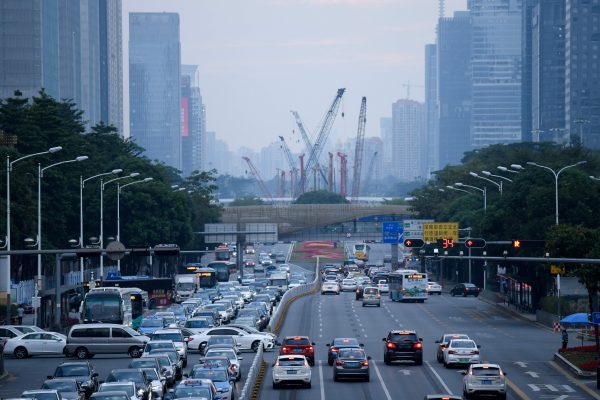
CCP elite politics and factional struggle are two key reasons why Xi Jinping has barely made progress on market reform despite talking about it for nearly 10 years.
Xi was politically weak when he took office and inherited an officialdom that was largely swayed by the powerful Jiang Zemin faction. Officials appeared to have little regard for Party Central and often sat on their hands instead of diligently implementing policies, notably in the case of the Third Plenum proposals and the establishment of the Shanghai Free-Trade Zone. Worse for Xi, the Jiang faction and other factional rivals either contributed to or participated in actions that resulted in crises for the Xi leadership, like the 2013 “cash crunch” and the 2015 stock market turbulence.
To address the serious issue of his orders “not leaving the gates of Zhongnanhai,” Xi spent the bulk of his first term consolidating power and gaining an advantage in factional struggle. The anti-corruption campaign allowed Xi to purge his political enemies and intimidate uncooperative officials into acting on Beijing’s orders. Xi also accumulated key titles like Party “core” leader and instituted military reform in 2016 to strengthen his command over the CCP regime and grow his authority and prestige.
By the start of Xi’s second term in 2017, he was ready to make inroads into clearing up the Jiang faction-influenced financial sector and make fresh efforts at pushing through market reform.
The release of the “unified national market” opinion in the final months of Xi’s second term underscores both the limits of his political strength and the sheer difficulty of advancing reform in Communist China. Officials nurtured in the Party culture environment utilize “prefer left rather than right,” “one-size-fits-all,” and “campaign-style” approaches when implementing Party Central’s orders. They also have a tendency to place local interests before the broader requirements of the regime.

Hence, local governments have established regional economic barriers in the name of implementing “dual circulation,” and restricted the flow of goods from their localities in the name of carrying out “epidemic prevention and control.”
This is what the “unified national market” opinion is referring to when it talks about getting rid of provincial protectionism and market fragmentation, and removing “key blockages restricting the economic cycle.”
It is also noteworthy that the Xi leadership is only able to issue an opinion document — rather than actual policy — on creating a “unified national market” despite talking about market reform for years.
An “opinion” is essentially a set of guidelines and not a detailed policy with actionable items. Also, the “unified national market” is but one part of the Third Plenum proposal on economic reforms. The fact that Xi has not rolled out something more substantial on market reform points to either strong resistance to Beijing’s reforms or Xi’s lack of “quan wei” and political ability, or both. The publication of the opinion suggests that the “unified national market” is a long way away from becoming real policy, and economic reform in general is a paper project.
Xi Jinping is still looking to accumulate political achievements to solidify his bid for a norm-breaking third term at the 20th Party Congress at the end of the year. His inability to ramp through market reform and intractable governing problems indicate will challenge his quest to extend this tenure.
Larry Ong is a senior analyst with New York-based political risk consultancy SinoInsider. He was part of the SinoInsider team that forecasted the 19th Party Congress and 2018 Two Sessions personnel reshuffles with a high degree of accuracy.



